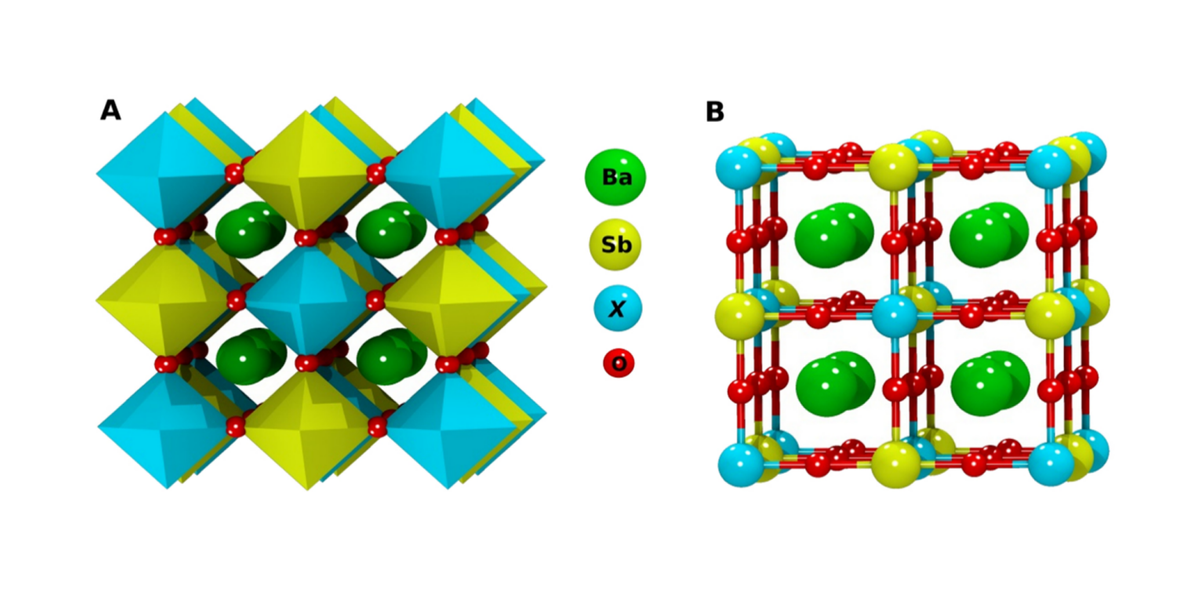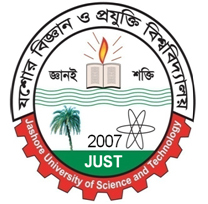
Year: 2023 - 2024
A first-principle study on the development of efficient lead-free double perovskite solar cells: progress towards sustainability
Ensuring a consistent and reliable energy supply is of paramount importance for a nation's advancement. With fossil fuels as the predominant energy source, solar power emerges as the most prominent contender for a viable alternative. The growing population necessitates an increased demand for electric power, while our country faces limitations in terms of available natural resources for conventional power generation. Therefore, transitioning to renewable energy sources becomes imperative, as they offer both cost-effectiveness and environmental friendliness. Among the next generation of cost-effective solar technologies, solar cells have revolutionized the field of renewable energy.
In line with our government's ambition to generate 10% of our electricity from renewable sources, we have undertaken a total of 19 solar power projects, with a combined capacity of 1070 MW. Consequently, solar cells have gained significant attention from power generation companies in recent years.
The proposed research focuses on exploring nontoxic materials for solar cells. Currently, solar panel efficiency typically ranges from 15% to 20%. Our objective is to investigate the modifications in various properties of double perovskite solar cell materials to enhance the efficiency of photovoltaic cells. To achieve this, we will employ density functional theory (DFT) based simulations, enabling us to comprehend the alterations in different properties of nontoxic perovskite materials used in solar cells.

